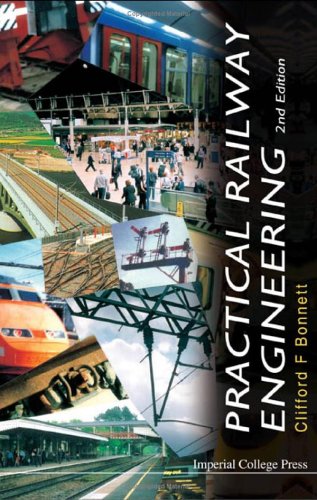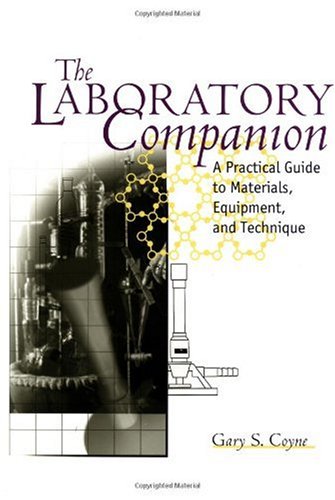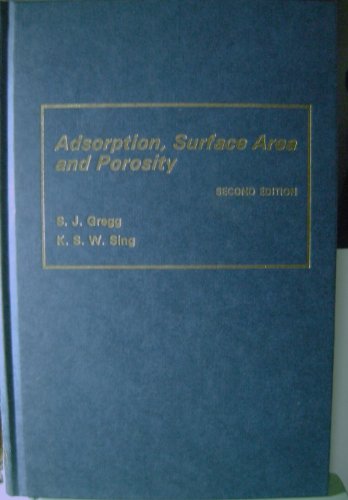Clifford F. Bonnett1860945155, 9781860945151
Table of contents :
Foreword……Page 8
Preface……Page 10
Acknowledgements……Page 12
Contents……Page 14
List of Figures……Page 20
1.1 Early beginnings……Page 24
1.3 The customer……Page 25
1.5 Overall planning……Page 26
1.6 Choice of route and level……Page 27
1.7 Resources required……Page 28
2.1 The customer and the design process……Page 30
2.2 The need for standards……Page 31
2.3 The objectives in station planning……Page 32
2.5 The consideration of time……Page 33
2.6 Planning for normal operation……Page 34
2.7 The demand matrix……Page 35
2.9 Ticket halls……Page 38
2.10 Access and interchange……Page 41
2.11 Stairs, escalators and lifts……Page 42
2.12 Platforms……Page 43
2.13 Footbridges and subways……Page 44
2.15 Access for disabled and mobility impaired passengers……Page 45
2.16 The ‘downgraded’ station……Page 47
2.18 Staff accommodation……Page 48
2.19 Designing for maintenance……Page 49
3.1 The definition of railway rolling stock……Page 50
3.2 The range of railway rolling stock……Page 51
3.3 The evolution of steam motive power……Page 52
3.4 The advent of electric traction……Page 55
3.5 Development of electric traction……Page 56
3.6 Diesel traction……Page 58
3.7 Evolution of wheel layout……Page 59
3.8 Changes in locomotive maintenance practices……Page 60
3.9 From passenger ‘carriages’ to the modern carbodies……Page 61
3.10 Carbody structures……Page 62
3.12 Train performance issues on metros and light rail……Page 64
3.13 Freight rolling stock……Page 66
3.14 Specialised engineering rolling stock……Page 67
3.15 Manufacturing methods……Page 69
4.1 Proper maintenance of rolling stock……Page 70
4.3 Establishing a maintenance regime……Page 71
4.4 Maintenance management……Page 72
4.6 Depot siting……Page 73
4.7 The needs of the maintainer……Page 75
4.8 Basic requirements for depots……Page 76
4.9 Performance indicators and audit……Page 78
5.1 The origin and development of railway track……Page 80
5.2 Basic components of track……Page 81
5.3 Track ballast……Page 82
5.5 Sleeper functions……Page 83
5.6 Timber sleepers……Page 84
5.7 Prestressed concrete sleepers (monobloc)……Page 85
5.9 Steel sleepers……Page 87
5.10 Rail fastenings, baseplates and pads……Page 88
5.11 Rails……Page 90
5.12 Rail wear……Page 91
5.14 The introduction of track welding……Page 93
5.15 Shop welding to produce long rails……Page 94
5.16 Site welding to produce CWR……Page 95
5.17 Stressing or ‘locking-up’ of CWR……Page 96
5.18 Points, switches and crossings……Page 97
5.19 Crossing design and manufacture……Page 98
5.21 Driving, locking and detection of points……Page 99
5.22 Conductor rails and components……Page 100
5.24 Cast-in precast sleeper track……Page 101
5.27 Day-to-day maintenance of track……Page 102
Further Reading……Page 104
6.1 Stability of earthworks……Page 106
6.3 Long term considerations……Page 107
6.5 Detection of movement of earthworks……Page 108
6.6 Dealing with embankment slips……Page 109
6.7 Dealing with cutting slips……Page 111
6.8 Drainage of the trackbed……Page 112
6.9 Sand blankets……Page 113
6.10 Side or ‘cess’ drains……Page 114
6.12 Drain cleaning……Page 115
6.13 Ineffective drains……Page 116
6.14 Railway fencing……Page 117
7.1 Early railway structures and materials……Page 118
7.2 Modern welded steelwork……Page 120
7.3 Reinforced concrete structures……Page 123
7.4 Prestressed concrete……Page 125
7.5 Bridge reconstruction……Page 127
7.6 Brick and masonry structures……Page 129
7.7 Examination of structures……Page 131
7.8 Structural maintenance……Page 132
7.9 Strength assessment……Page 133
8.1 The history of tunnelling……Page 136
8.3 The first tunnel shields……Page 137
8.4 Modern tunnel shields……Page 138
8.5 Differing ground conditions……Page 139
8.6 Construction methods……Page 140
8.7 Tunnel linings……Page 141
8.8 Vertical and sloping shafts……Page 142
Further Reading……Page 143
9.1 Electricity as a form of motive power……Page 144
9.3 Railway electrification systems……Page 145
9.4 The AC system connection of supply……Page 146
9.5 The AC system feeder points……Page 147
9.6 AC overhead equipment……Page 148
9.8 Electrical interference……Page 149
9.10 AC power distribution for DC systems……Page 150
9.11 DC power distribution……Page 151
9.13 Inspection and maintenance……Page 152
10.1 The early history of railway signalling……Page 154
10.2 Modern signalling principles……Page 156
10.4 Point operation, locking and detection……Page 157
10.5 Interlocking……Page 158
10.6 Minimum headways……Page 159
10.8 Subsidiary signals……Page 160
10.9 Two aspect colour light signalling……Page 161
10.10 Three aspect colour light signalling……Page 162
10.11 Four aspect colour light signalling……Page 163
10.12 Transmission based signalling……Page 164
10.13 Proof of safety and safety standards……Page 165
10.14 Protection against trains passing signals at danger……Page 166
Further Reading……Page 168
11.1 Getting things done!……Page 170
11.3 Good feedback……Page 171
11.4 Interface between operation and engineering……Page 172
11.6 The railway systems pyramid……Page 173
11.7 The railway signalling system……Page 174
11.8 The public address and information systems……Page 175
11.9 Telephones and radio……Page 177
11.11 Equipment operation and system maintenance……Page 179
12.2 The development of early lifts……Page 182
12.3 The development of escalators……Page 183
12.4 Passenger flow to and from escalators and lifts……Page 184
12.6 Flow rates on escalators……Page 185
12.7 Types of escalators……Page 186
12.9 Semi-compact type escalators……Page 187
12.10 Heavy duty public service escalators……Page 188
12.12 Types of modern lift……Page 189
12.13 Application of lift types……Page 190
12.14 Safety risks and human factors……Page 191
12.15 Inspection and maintenance……Page 192
12.16 Pumps……Page 193
13.1 Is ventilation a problem on railways?……Page 196
13.2 Movement of air……Page 197
13.3 Deciding on exhaust or pressure……Page 198
13.6 Smoke in tunnels……Page 199
13.7 Draught relief……Page 201
13.9 Air conditioning……Page 202
14.1 The engineering ‘full circle’……Page 204
14.3 The trend towards local accountability……Page 206
14.5 Improved interchange between transport modes……Page 207
14.7 Trends in comfort standards……Page 208
15.1 Retrospect……Page 210
15.2 Postscript……Page 211
Subject Index……Page 212







Reviews
There are no reviews yet.